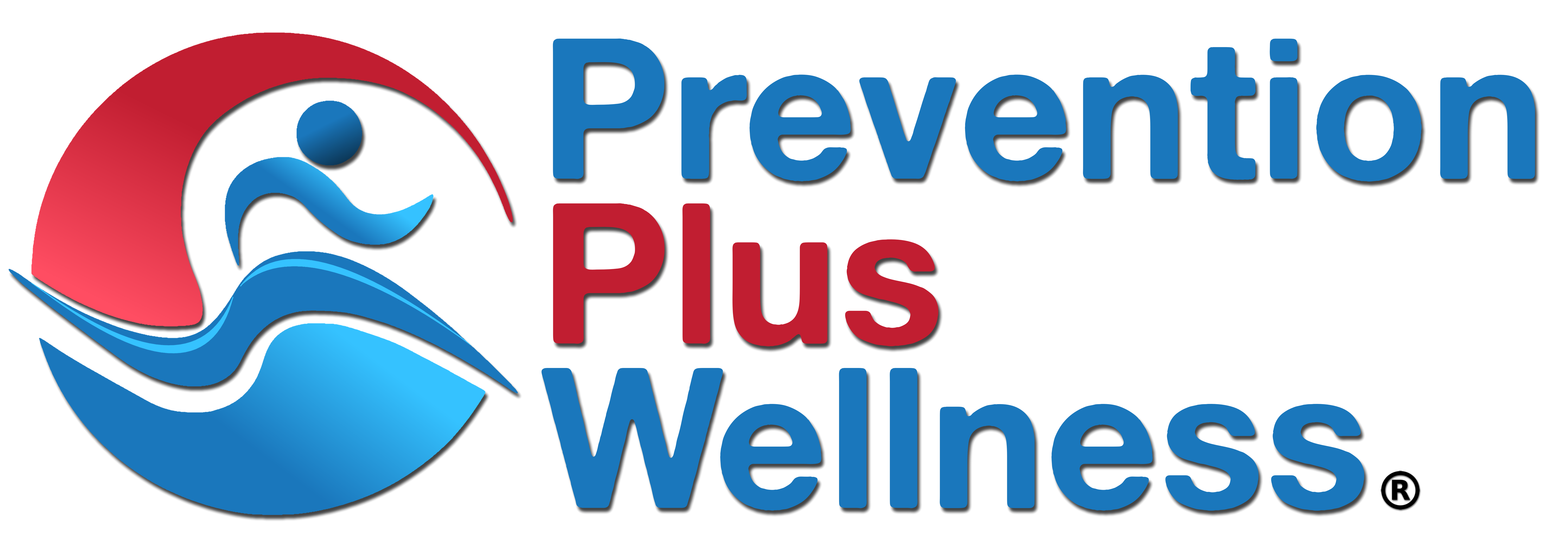Evidence-based programs like the SPORT and InShape Prevention Plus Wellness (PPW) programs, as well as their adaptations including the Vaping, Marijuana, Opioid, and Opioid & Stimulant PPW programs, need to implemented with fidelity to increase the likelihood of achieving expected positive outcomes.
That is why we encourage program providers to complete a convenient Online Self-Paced Program Implementer Training Course and use the accompanying implementation and evaluation tools to monitor program quality including the student pretest and posttest surveys, Instructor’s Survey and the Fidelity Checklist.
When & How to Tailor Your Program
However, we also believe it is critically important to tailor or adapt a PPW program on occasion to best meet the needs of your youth population and setting.
That’s why we recommend customizing PPW program slide images of youth or young adults if the existing program slides do not adequately represent your target population. For example, using more images of African American youth in your slides if your youth population is predominately AA.
In addition, we recommend adding content to the program slides when needed to ensure accuracy or clarity. For example, adding brief messages about a newly identified risk of using a substance that is not currently mentioned in the program slides.
Tailoring may also be needed to help you maintain interest and participate in a PPW program lesson. To learn more, refer to our blog post on "How to Keep Students Engaged While Presenting a PPW Program": https://preventionpluswellness.com/blogs/news/how-to-keep-students-engaged-while-presenting-ppw-programs
Fidelity vs. Adaption
But where do you draw the line in terms of finding the balance between program fidelity and adaptation?
The National Institutes of Health (NIH) publication titled Implementation Science at a Glance notes that: “Making too many changes to an intervention can reduce its original effectiveness, or worse, introduce unintended and harmful outcomes” (page 12).
Thankfully, they also provide guidance in the form of “Green Light Changes,” or those types of changes that are usually okay to make, which are described as:
- Usually minor
- Made to increase the reach, receptivity, and participation of the community
- May include: – Program names – Updated and relevant statistics or health information – Tailored language, pictures, cultural indicators, scenarios, and other content
Green Light Changes may be compared to “Red Light Changes” which should be avoided, including changes to the core components of the program.
Learn more about PPW program tailoring support: https://preventionpluswellness.com/pages/program-tailoring-services?_pos=1&_sid=d7e079b80&_ss=r
Contact Prevention Plus Wellness if you have questions about tailoring your PPW program at: info@preventionpluswellness.com or call us at: (904) 472-5022.

